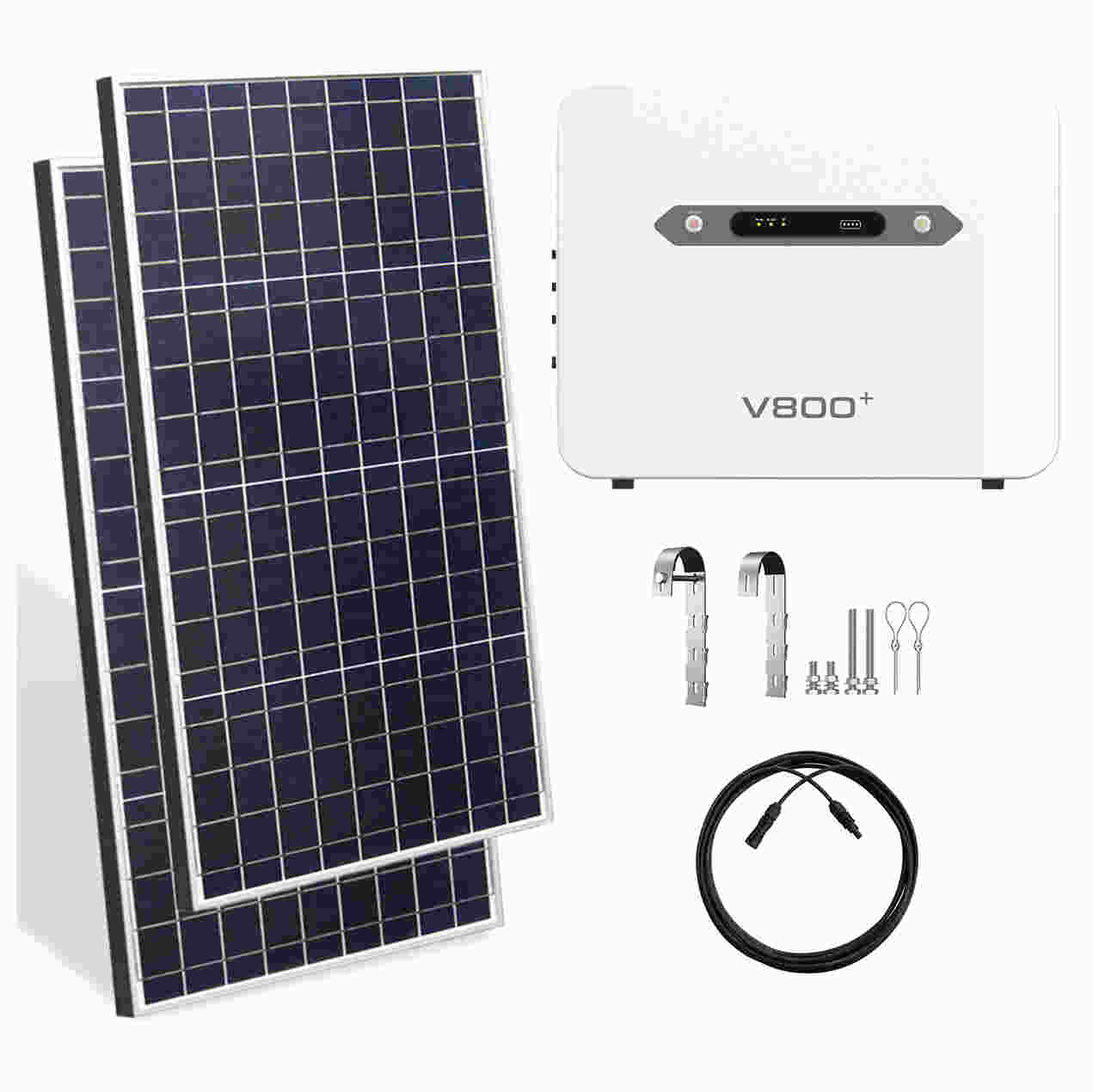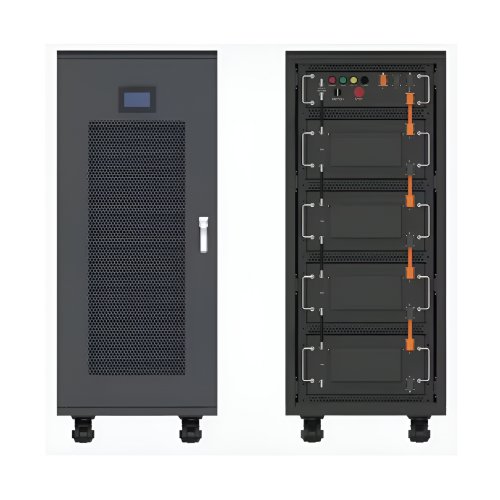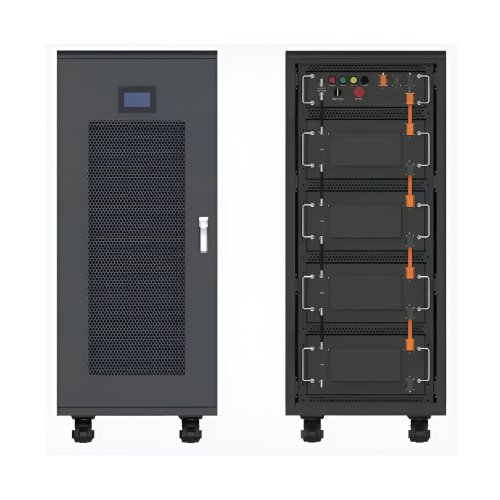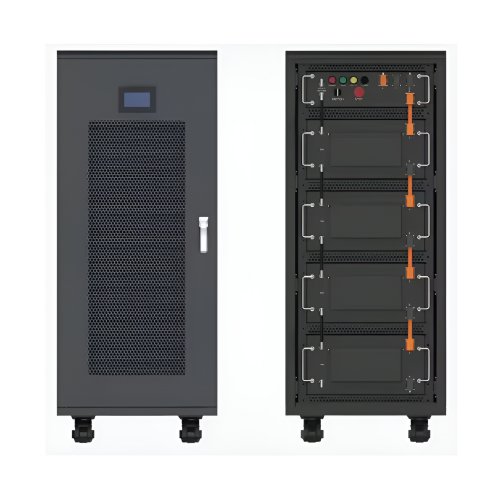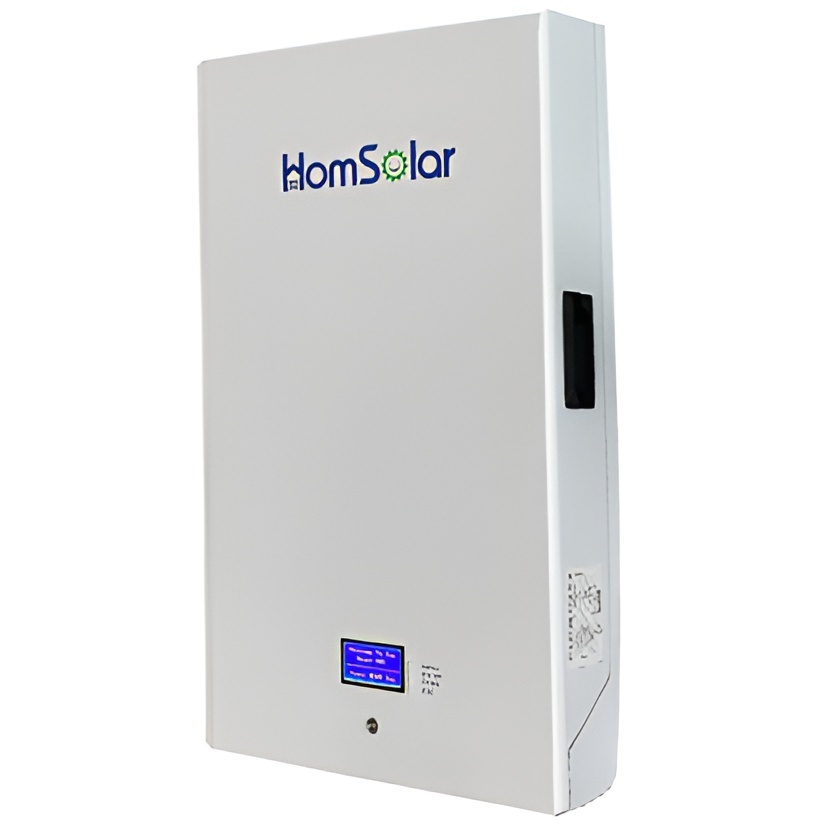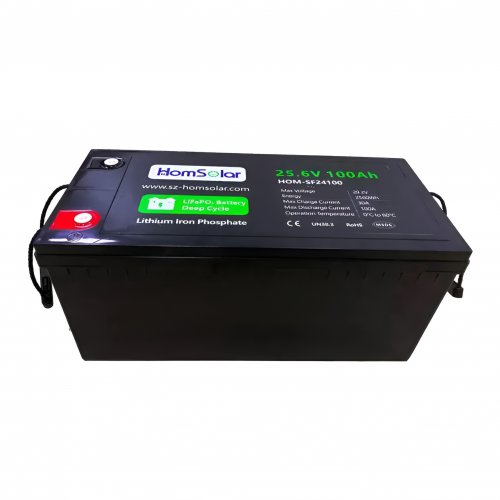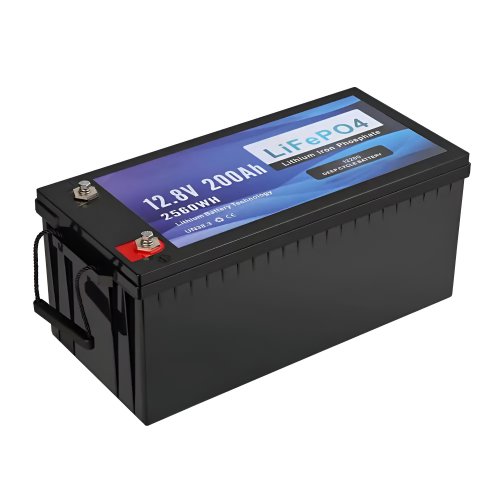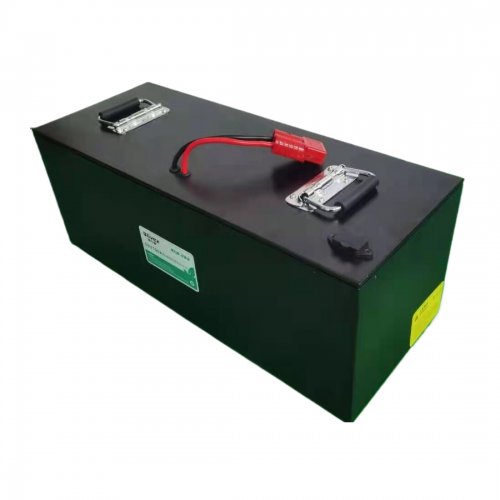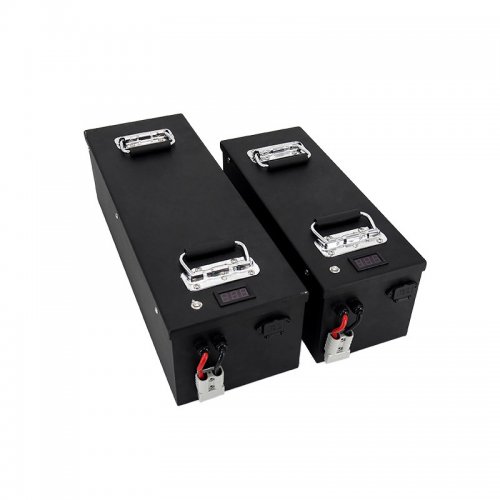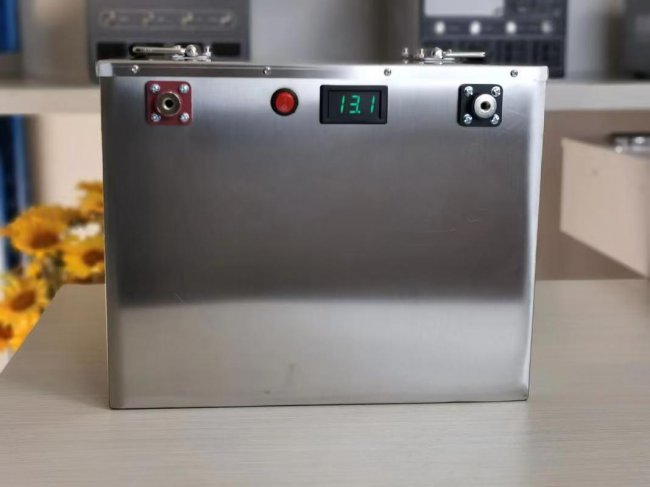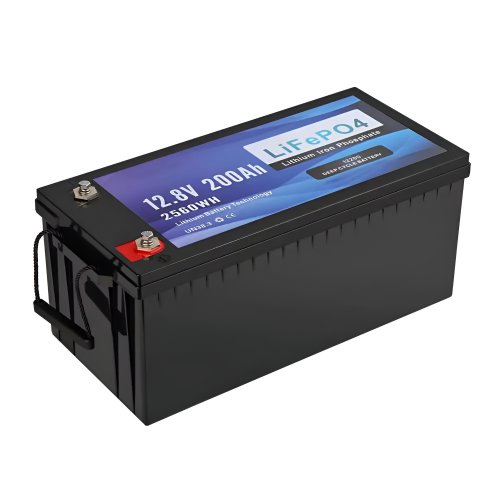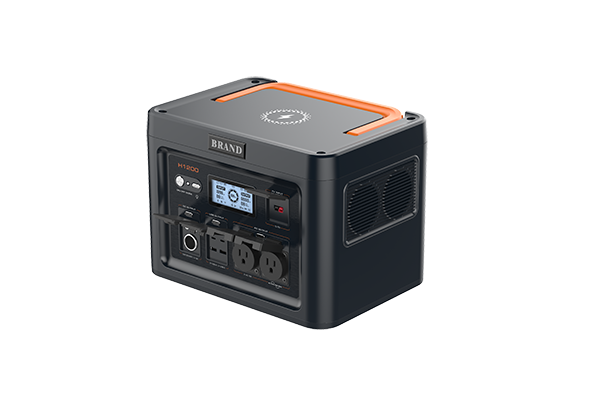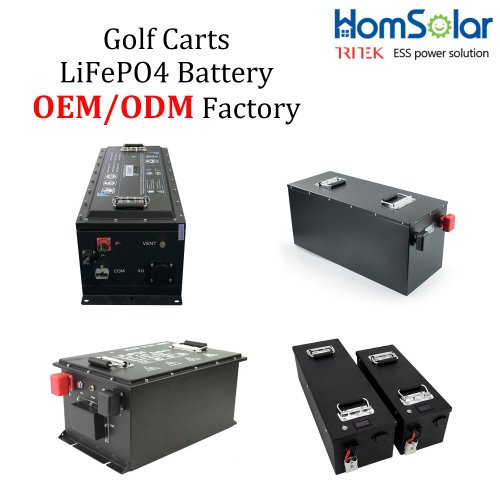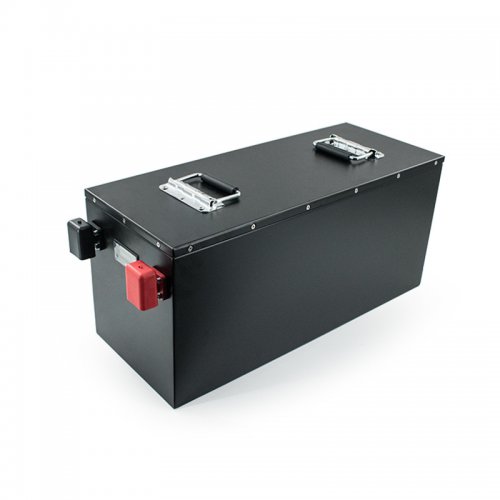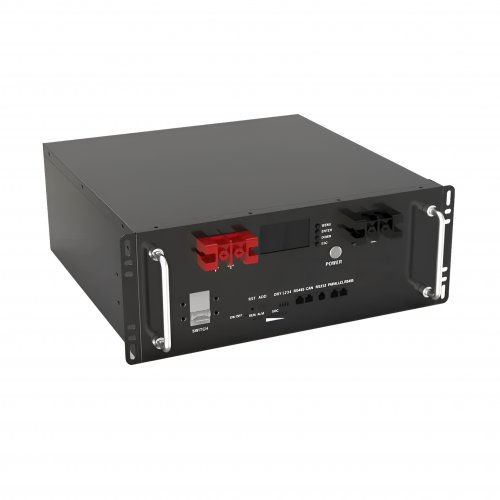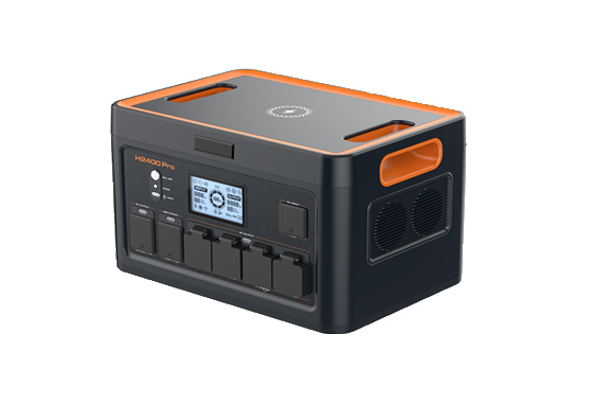Improving PV plant performance via optimized inverter loading ratio
A team of scientists from the University College Cork in Ireland have proposed a new approach to designing inverter loading ratio (ILR) for utility-scale PV power plants.
The researchers described the ILR as the ratio between the DC PV array power output relative to the AC rated power of the power conversion unit (PCU). “If the ILR value is low, it may result in decreased economic viability of the system,” they explained. “On the other hand, increasing the ILR value can cause issues with dispatch down operation and clipping losses.”
In the study “,” published in Energy Reports, the research group said indentifying the optimal ILR design for large-scale solar is “an ongoing effort” at both industry and research level, and stressed that, to date, no deterministic ILR approach has been developed, which could help PV projecte developers in identifying the best value of DC/AC PCU under specific geographic, climatic, and economic conditions.
“Unlike metaheuristic or heuristic methods, this approach simplifies the design process and reduces performance variability,” the academics emphasized, noting that the proposed methodology, rather than focusing on oversizing, optimizes the installed inverter’s nominal power for a given PV array installation. “By enhancing investment certainty, it provides a reliable estimation for maximising economic returns with minimal risk.”
The novel approach is implemented in two steps. First, it is assumed that the inverter is not required to connect the PV system with grid. Second, it is also assumed that the grid operates on AC, which requires an inverter. “Then, the optimal inverter capacity is determined to optimise revenue, taking into consideration the additional investment cost for the DC/AC PCU,” the academics further explained, noting that the system's algorithm takes into account the specs of the DC/AC PCU, the feed-in tariff, and the estimated PV DC generation.
The group tested the novel approach in a 5 MW PV power plant located in Kelmoney, Ireland, aiming to maximize its annual profitability. The facility utilizes 16,380 solar modules provided by Chinese manufacturer Longi, with 26 modules in parallel and 630 strings. It also uses 29 string inverters supplied by China's Huawei. Temperature and radiation data were collected from a site simulation using the PVsyst software.
The researchers claim that this analysis allow them to find the optimal ILR value for the plant at 1.4528, which they stressed is lower than 1.4656 designed by PVsys. “The analysis shows that energy clipping occurs at 5.22 MW, which is the optimal inverter-rated power,” they said. “Only the generation above 5.22 MW is clipped, and the energy below this threshold is used to calculate the estimated annuities of the system revenues.”
Inverter clipping occurs when a PV system's DC energy is larger than the maximum input size of the inverter. This saturates the inverter and the excess DC energy is not converted into AC.
The scientists emphasized that the lower ILR value corresponds to an increase in annual profit annuities.
They also stated that the proposed methodology could also be used for rooftop PV system or to assess the economic viability of the site for existing photovoltaic power plants. “It can subsequently provide recommendations for upgrading PVPP components to achieve enhanced profitability,” they concluded. “This approach is particularly beneficial in addressing potential increases in inverter or PV module ageing.”
In March, an international research team published a research investigating the effect of inverter clipping on mitigating soiling losses in PV systems and explained that this strategy may not be as effective as commonly thought.
Later in July, Researchers in Malaysia proposed a to identify the optimal power sizing ratio to balance PV energy capture with inverter costs. The calibrated model is said to accurately reflect the relationship between inverter efficiency and real-world system behavior.
Customized/OEM/ODM Service
HomSolar Supports Lifepo4 battery pack customization/OEM/ODM service, welcome to contact us and tell us your needs.


HomSolar: Your One-stop LiFePO4 Battery Pack & ESS Solution Manufacturer
Our line of LiFePO4 (LFP) batteries offer a solution to demanding applications that require a lighter weight, longer life, and higher capacity battery. Features include advanced battery management systems (BMS), Bluetooth® communication and active intelligent monitoring.

Customised Lithium Iron Phosphate Battery Casing
ABS plastic housing, aluminium housing, stainless steel housing and iron housing are available, and can also be designed and customised according to your needs.

HomSolar Smart BMS
Intelligent Battery Management System for HomSolar Energy Storage System. Bluetooth, temperature sensor, LCD display, CAN interface, UART interface also available.


Terminals & Plugs Can Be Customized
A wide range of terminals and plugs can be customised to suit the application needs of your battery products.

Well-designed Solutions for Energy Storage Systems
We will design the perfect energy storage system solution according to your needs, so that you can easily solve the specific industry applications of battery products.



About Our Battery Cells
Our energy storage system products use brand new grade A LiFePO4 cells with a battery lifespan of more than 4,000 charge/discharge cycles.



Applications in Different Industries
We supply customized & OEM battery pack, assemble cells with wiring, fuse and plastic cover, all the cell wires connected to PCB plug or built BMS.
Applications: E-bike, Electric Scooter, Golf Carts, RV, Electric Wheelchair, Electric Tools, Robot Cleaner, Robot Sweeper, Solar Energy Storage System, Emergency Light, Solar Power Light, Medical Equipment, UPS Backup Power Supply.
We can provide you with customized services. We have the ability to provide a vertical supply chain, from single cells to pack/module and to a complete power solution with BMS, etc.


HomSolar (Shenzhen) Technology Co., Ltd








